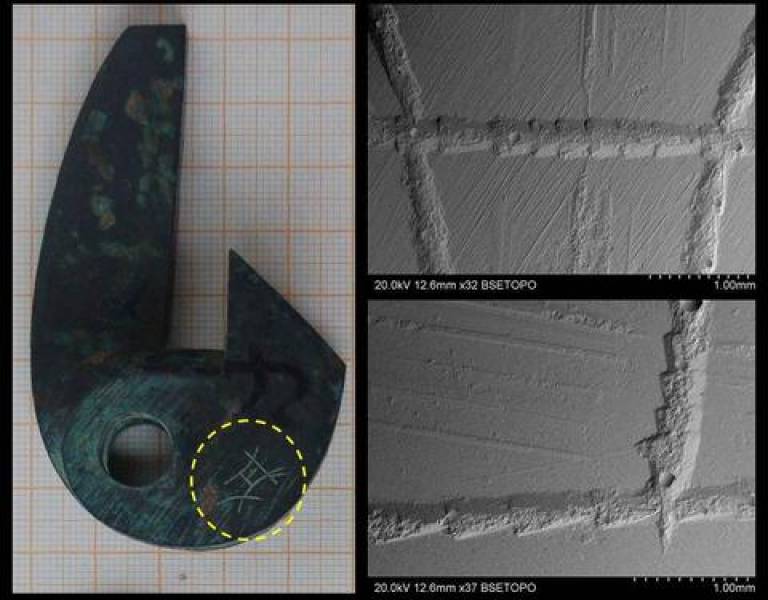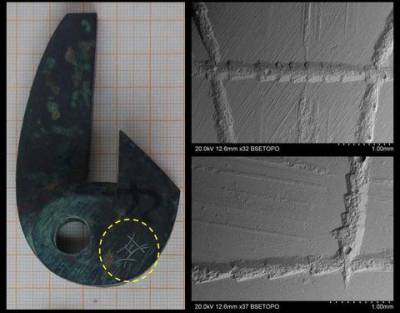Archaeometallurgy at the BUMA conference in Japan
11 September 2013
Janice and I will spend this week at the beautiful town of Nara (Japan) attending the
 wiki.fc2.com/" target="_self"> 8th International Conference on the
Beginnings of the Use of Metals and Alloys (BUMA 8). Notwithstanding the
somewhat dull title, this is a very exciting archaeometallurgical conference
with a strong emphasis on the Asian world. Clearly the place to be!
wiki.fc2.com/" target="_self"> 8th International Conference on the
Beginnings of the Use of Metals and Alloys (BUMA 8). Notwithstanding the
somewhat dull title, this is a very exciting archaeometallurgical conference
with a strong emphasis on the Asian world. Clearly the place to be!
This is a great opportunity to learn about some of the extremely peculiar metallurgical traditions of China, Japan and India, among other countries whose archaeometallurgical background is less known in the West, as well as to share some of our own findings. I'm sharing here a JPEG of a poster that we'll be presenting, which outlines some of our recent work on the metallurgical knowledge and labour organisation revealed by the study of the bronze weapons. We highlight the bi-metallic construction of some weapons, possible decoration by tin amalgam, the possible chromium-based anti-corrosion treatment (still searching for the definitive answer!)… as well as the argument for cellular production that we published last year in the Journal of Archaeological Method and Theory. Interestingly, the production model inferred from the chemical analysis of the arrows is supported by the metrical study of the triggers, which also allowed us to identify different production batches. The spatial analysis of the distribution of these batches in the pit is also informative of the logistical process of the construction of the army pit itself, and the placement of the weapons. This study will soon be published in Antiquity.
Also at BUMA, Janice Li will be presenting a talk on how her investigation of the inscriptions on bronzes has unfolded. What started as a study of the inscriptions on the bronze weapons of the Terracotta Army (ingeniously using dental silicone rubber to obtain accurate impressions of the metal surfaces to be examined under high magnification), has now evolved to include earlier and later examples. This has allowed her to charter the evolution from earlier inscriptions, that were written on the moulds and cast directly with the objects, to the later inscriptions that were chiselled on the finished objects. This new technical procedure opened the possibility for the artisans making the inscriptions to be different from those casting the artefacts, and for them to be added even a long time after manufacture. When the inscriptions related to quality control, it made sense to write these only after inspection of the finished item. When they referred to patrons or other important individuals, it is possible that the objects were dedicated only after manufacture: does this mean that some of these high-status items could have been cast and kept in stock even before the final owner was known? This would potentially affect the relationship between producers and consumers quite dramatically. And could this technical transition be related to the availability of steel tools, allowing chiselling into the rather hard tin bronzes?
While we write up our work on the weapons, our research and dissemination efforts continue. There is a paper on the warriors themselves in the making, as well as a film to be broadcast internationally. Watch this space!
Marcos Martinón-Torres is Professor of Archaeological Science at the UCL Institute of Archaeology and the Director of the Imperial Logistics Project.
 Close
Close


